Time tracking is often seen as a tool for accountability, but its real power lies in how it helps teams plan, prioritize, and perform. From boosting productivity to improving client billing and preventing burnout, time tracking has a wide range of use cases across different industries. In this article, we’ll break down where a time tracker adds the most value—and how to make employee time tracking done right.
💼 For Operations Leaders: Optimize Capacity and Process
Common operational metrics tracked via time logging
| Metric | Description | Outcome |
|---|---|---|
| Task duration | Time spent on individual tasks | Spot inefficiencies & adjust workload |
| Project throughput | Time from start to completion | Improve timeline accuracy |
| Cross-functional time | Time spent supporting other departments | Reduce hidden costs and burnout |
📌 Why it matters: Operations leaders manage the unseen mechanics of execution. Time tracking exposes hidden inefficiencies, empowering leaders to optimize operations and boost throughput.
✅ Common use cases & outcomes
- Resource planning: Balance workloads using real-time team capacity visuals.
- Process improvement: Detect recurring task slowdowns to resolve workflow barriers.
- Utilization tracking: Compare billable and non-billable hours to maximize productivity.
- Collaboration analysis: Analyze time spent with other teams to streamline alignment.
- Workflow diagnosis: Identify execution delays caused by people, tools, or unclear steps.
- Operations benchmarking: Use time data to set realistic KPIs and improve over time.
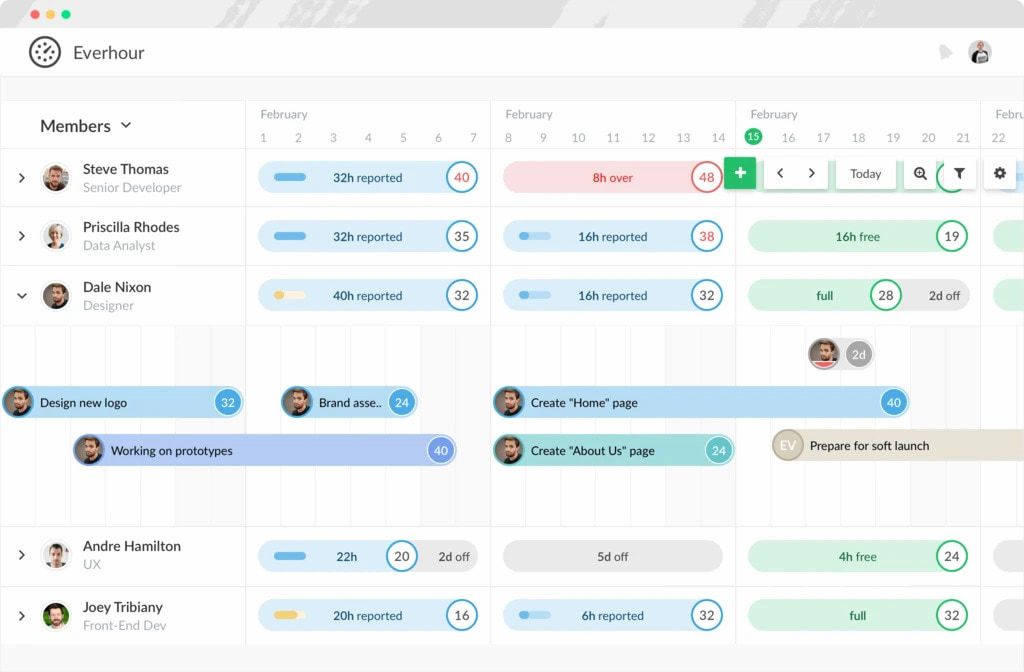
📊 For Finance Teams: Align Time with Budgets
Finance use cases by outcome
| Use case | Time tracking input | Business benefit |
|---|---|---|
| Cost control | Time per task/client | Accurate job costing |
| Margin analysis | Tracked billable vs. non-billable | Real-time profitability insights |
| Forecasting | Historical time data | Improved planning & resource allocation |
📌 Why it matters: Finance teams must link labor inputs to financial outcomes. Time tracking enables better budgeting, proactive cost controls, and data-backed decision-making.
✅ Common use cases & outcomes:
- Cost control: Monitor labor spend in real time to avoid budget overruns.
- Margin analysis: Identify which projects deliver strong ROI and which drain resources.
- Forecasting: Refine staffing projections using historic time data.
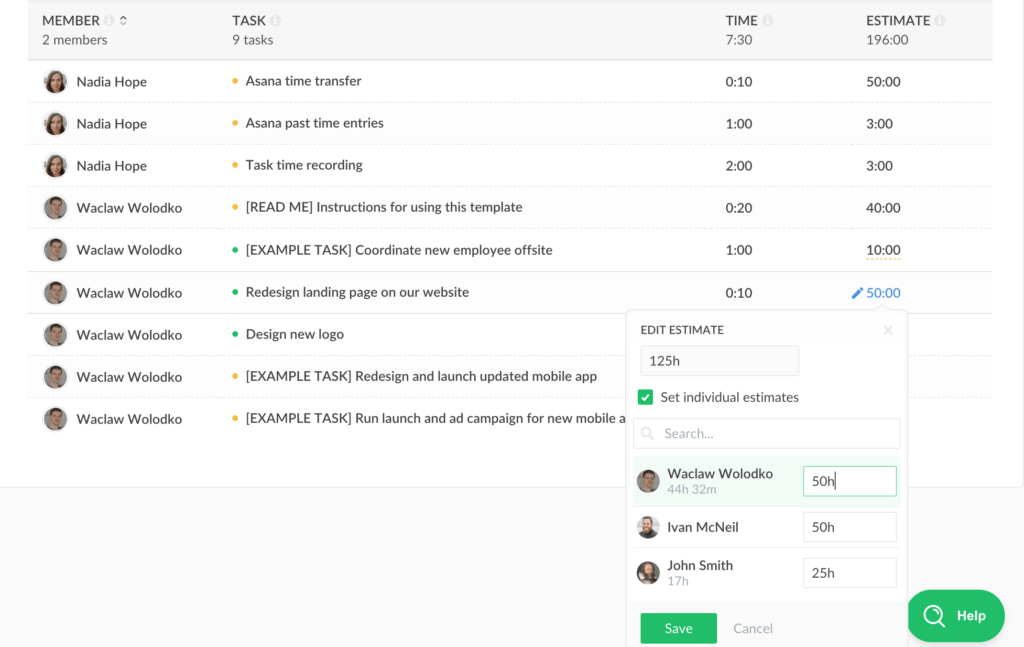
- Billing support: Create precise invoices grounded in real work done.
- Budget variance: Spot and address overspending trends quickly.
- Vendor evaluation: Track time spent with external providers and optimize costs.
🧠 For HR & People Ops: Monitor Well-Being and Load
HR signals from time tracking
| Metric | Signal | Suggested Action |
|---|---|---|
| Repeated overtime | Potential burnout risk | Proactive coaching or PTO recommendation |
| Long onboarding ramp | Training inefficiency | Adjust onboarding structure |
| Unused PTO | Policy misalignment or culture issue | Encourage time off use |
📌 Why it matters: HR owns morale and sustainability. Time tracking surfaces signals that help prevent burnout, drive engagement, and support retention.
✅ Common use cases & outcomes:
- Workload visibility: Prevent overload before it harms team health.
- Compliance checks: Confirm policy adherence for time off and breaks.
- Onboarding time: Streamline training by benchmarking ramp-up periods.
- Burnout alerts: Detect consistent overtime via time-tracked thresholds.
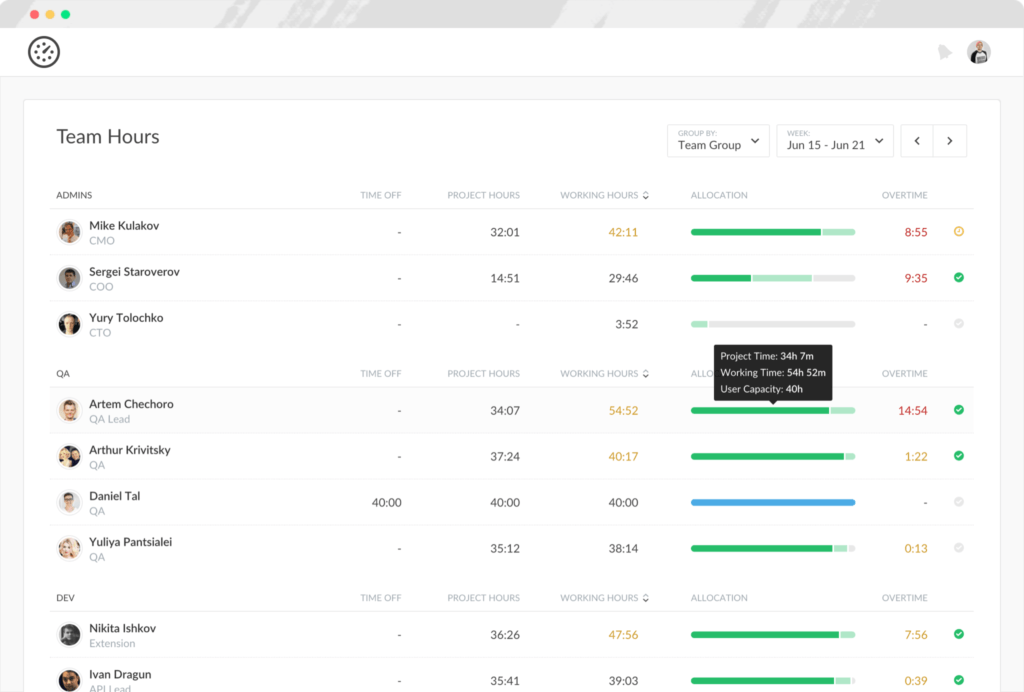
- Balance audits: Support role balancing with role-specific time visibility.
- Retention signals: Spot disengagement early using patterns in tracked hours.
🔎 Learn how high-performing agencies track time without killing culture!
🎯 For Team Leads & PMs: Track Delivery Accuracy
Sprint planning and retros by the numbers
| Metric | Use | Outcome |
|---|---|---|
| Estimated vs. Actual Hours | Refine estimates | Avoid under/over scoping |
| Time per feature | Sprint planning granularity | Better load balancing |
| Team time per sprint | Velocity forecasting | More predictable delivery |
📌 Why it matters: Project success relies on clarity and predictability. Time tracking validates planning assumptions and keeps sprint velocity grounded in reality.
✅ Common use cases & outcomes:
- Estimate validation: Improve sprint planning by closing the gap between planned and actual.
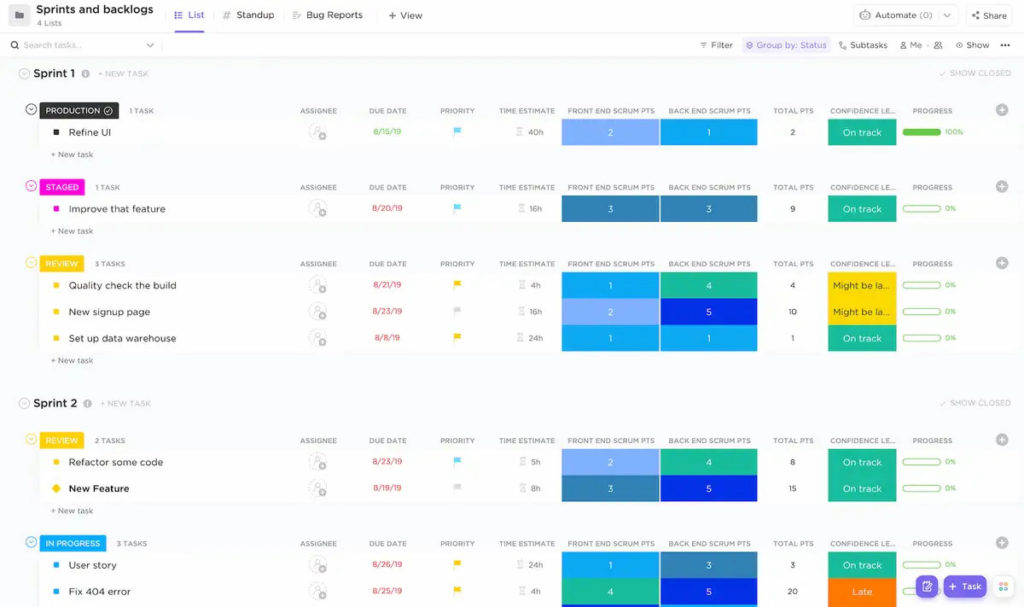
- Sprint capacity: Plan capacity based on real output, not assumptions.
- Scope creep detection: Track overages that suggest timeline inflation.
- Client updates: Share time-stamped progress reports to build trust.
- Retrospectives: Run data-informed retros to avoid repeated blockers.
- Team coaching: Guide skill development through real effort tracking.
🔍 For Executives: Scale with Insight
📌 Why it matters: Executives make strategy work at scale. Time tracking reveals which teams, tools, and priorities drive value.
✅ Common use cases & outcomes
- Strategy alignment: Check time investment against OKRs and goals.
- Headcount ROI: Measure labor inputs relative to deliverables.
- Tool ROI: Audit high-usage tools for true cost/benefit.
- Response tracking: Watch the effects of org shifts in real time.
- Early warnings: Surface trouble spots before KPIs slip.
- C-suite reporting: Back exec updates with precise time allocation data.
📌 Why Everhour Delivers on Every Use Case
⚙️ Core features
- Seamless integrations – Connect with your existing tools across departments
- Flexible tracking options – Manual, automatic, or mobile—your team’s choice
- Role-based access – Keep data secure and only where it needs to be
- Adoption-ready design – Clean UI that teams actually enjoy using
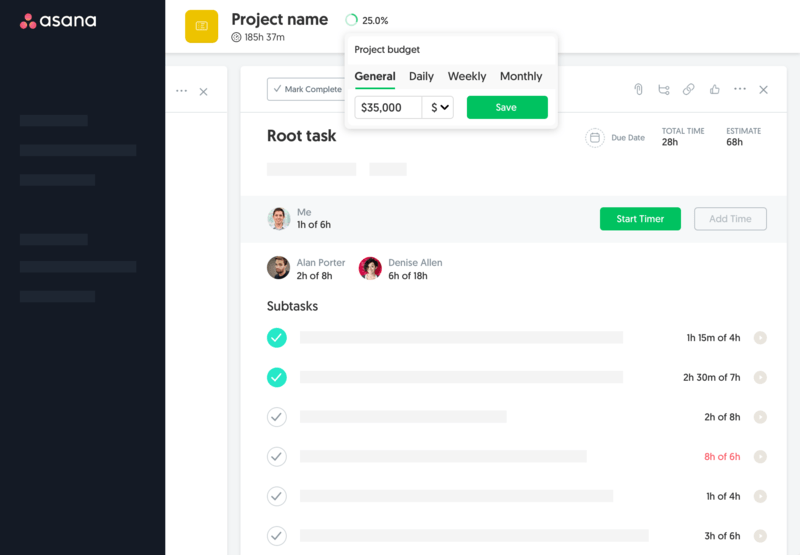
📊 Reporting & insights
- Team-based dashboards – Tailor views for ops, HR, finance, and beyond
- Smart filters & tags – Adapt to the way your workflows are built
- Exportable reports – Ideal for reviews, billing, or compliance
- Clear visual summaries – Great for monthly planning and team syncs
🙋 FAQ: Time Tracking Use Cases, Explained
🧩 Scope
Is time tracking only for agencies?
Not at all—internal teams in every industry use it for resource planning, financial control, and performance improvement.
🔄 Buy-in
Will employees resist this?
Not when you explain the “why,” apply it transparently, and avoid micromanagement.
🌍 Remote readiness
Does this work for hybrid or async teams?
Yes—it’s one of the most effective ways to restore visibility in distributed environments.
📈 Scalability
Can it handle large orgs?
Yes—Everhour supports scaling across departments, use cases, and tools.
💡 Custom reports
Can we track custom activities like onboarding or training?
Absolutely—tag anything and build views for it.
🚀 Final Word: Bring Visibility Without Micromanagement
Everhour helps teams see where time goes—so they can direct it better. See insights in 15 minutes or less—without friction.
Start a free plan today and give your team the clarity it needs to act faster, smarter, and with more focus.
Learn how time tracking can help your strategic growth and reduce your costs!

